25 years later, witnesses remember the 1992 L.A. riots

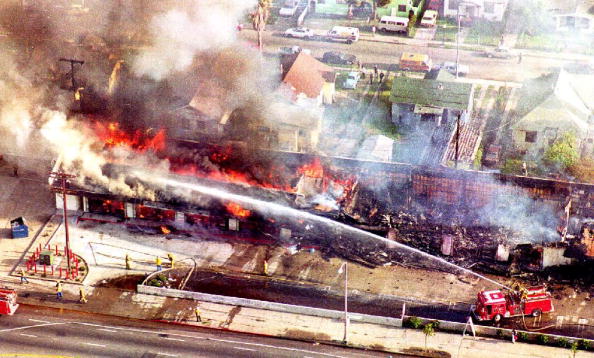
As the 25th anniversary of the L.A. riots approaches, witnesses who watched as stores went up in flames and angry cries filled the streets are remembering what unfolded on April 29, 1992.
The riots began after four white police officers were acquitted of assault after being videotaped kicking and striking black motorist Rodney King while he was on the ground. After the Watts riot in the 1960s, white flight hit South Los Angeles, and black residents said they were targeted by police officers because of the color of their skin. Tensions were also high between residents and newly-arrived Korean immigrants running neighborhood stores; a few weeks before the King beating, a Korean liquor store owner shot and killed a black teenager over a bottle of orange juice. For many witnesses to the riots who spoke with The Associated Press, all of this made it easy to see why South Los Angeles went up in flames.
Some vividly remember the looting — Dee Young was 27 at the time, and watched as the first group hit a liquor store, running off with cases of pilfered alcohol. He never left South Los Angeles, and said today, things have gotten "90 percent" better. "People in the neighborhood need to work together — black, Hispanic, even white people — and they are coming back here, if slowly but surely," he said. Aurea Montes-Rodriguez, now the executive vice president of the Community Coalition of South Los Angeles, was 16 during the riots, and saw a man park his car in front of an electronics store as he prepared to steal a television; while he was inside, his vehicle was stolen.
The Week
Escape your echo chamber. Get the facts behind the news, plus analysis from multiple perspectives.

Sign up for The Week's Free Newsletters
From our morning news briefing to a weekly Good News Newsletter, get the best of The Week delivered directly to your inbox.
From our morning news briefing to a weekly Good News Newsletter, get the best of The Week delivered directly to your inbox.
About 200 liquor stores burned down during the riots, and even more were looted. James Oh, 68, bought Tom's Liquor on the corner of Florence and Normandie eight years ago, and brought in items residents appreciate — there are now milk and eggs on the shelves, not just alcohol. He came to the neighborhood to fight stereotypes of Korean-American business owners, he told AP. "If you invest in the community, you have to be involved in the community," he said. "Communication is everything." Read more about their stories — as well as how a New York Times photographer whose jaw was broken by an angry mob was rescued by a recently returned veteran — at The Associated Press.
A free daily email with the biggest news stories of the day – and the best features from TheWeek.com
Catherine Garcia has worked as a senior writer at The Week since 2014. Her writing and reporting have appeared in Entertainment Weekly, The New York Times, Wirecutter, NBC News and "The Book of Jezebel," among others. She's a graduate of the University of Redlands and the Columbia University Graduate School of Journalism.
-
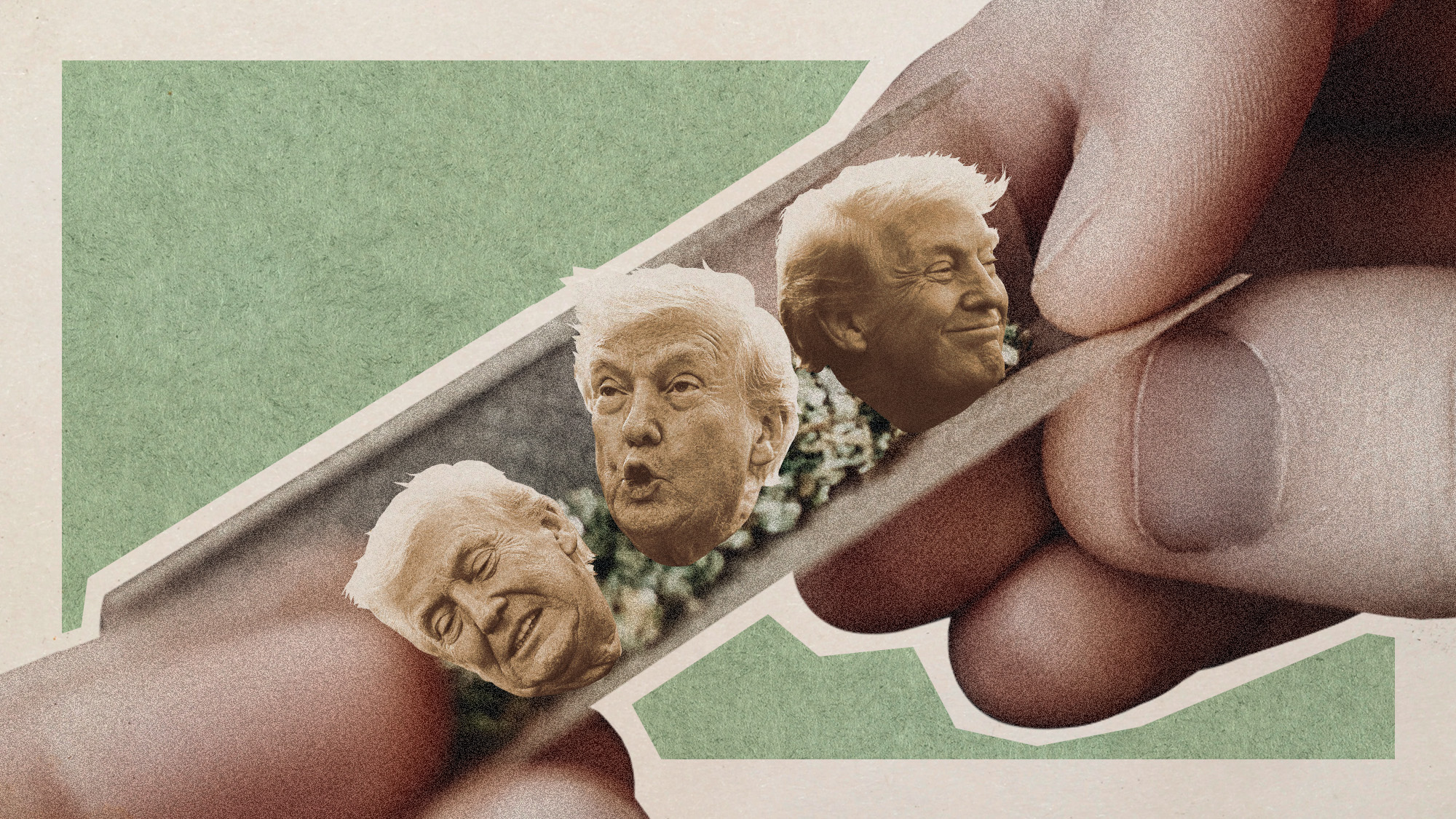 Why does Trump want to reclassify marijuana?
Why does Trump want to reclassify marijuana?Today's Big Question Nearly two-thirds of Americans want legalization
-
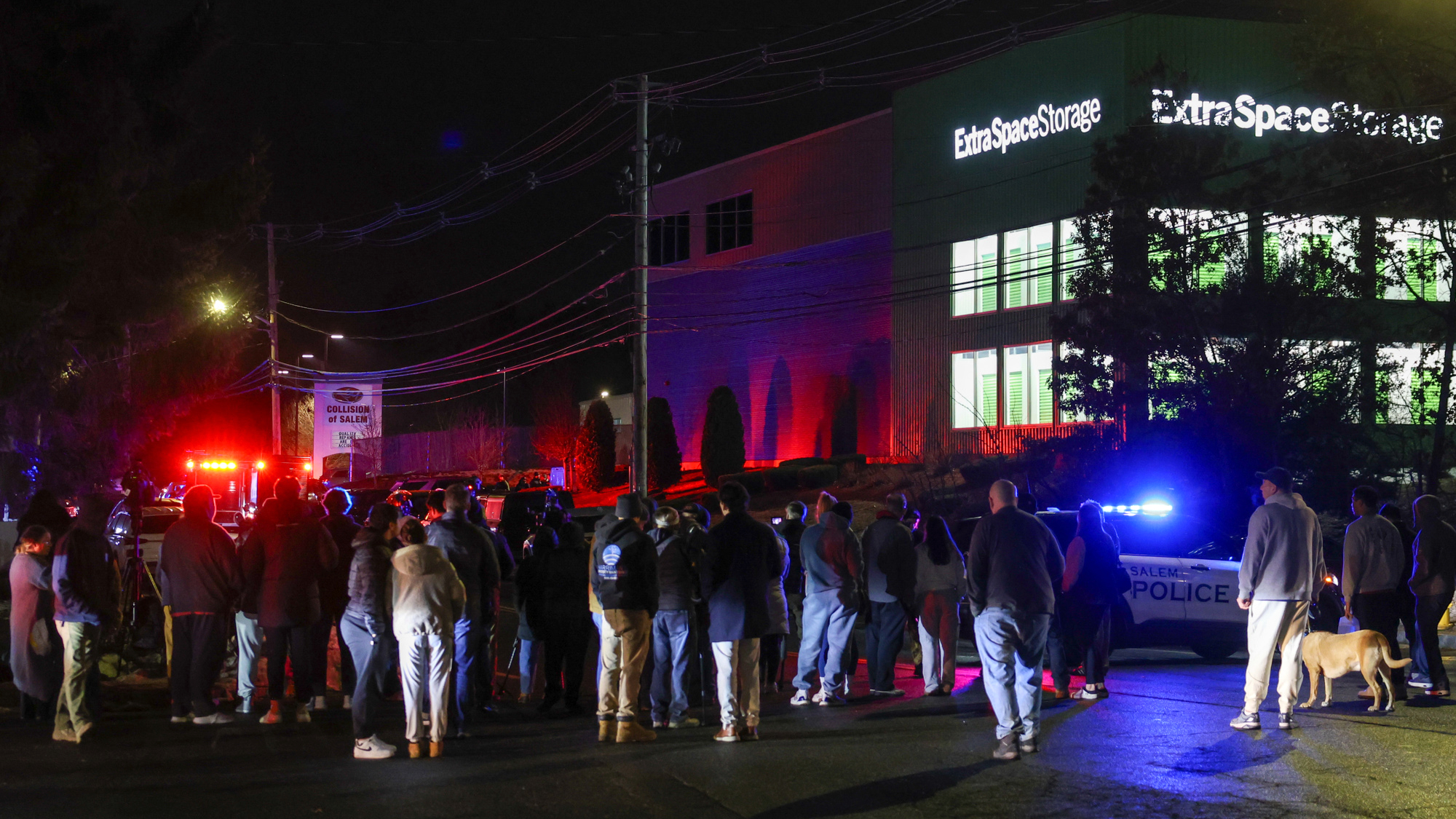 Sole suspect in Brown, MIT shootings found dead
Sole suspect in Brown, MIT shootings found deadSpeed Read The mass shooting suspect, a former Brown grad student, died of self-inflicted gunshot wounds
-
 Appetites now: 2025 in food trends
Appetites now: 2025 in food trendsFeature From dining alone to matcha mania to milk’s comeback
-
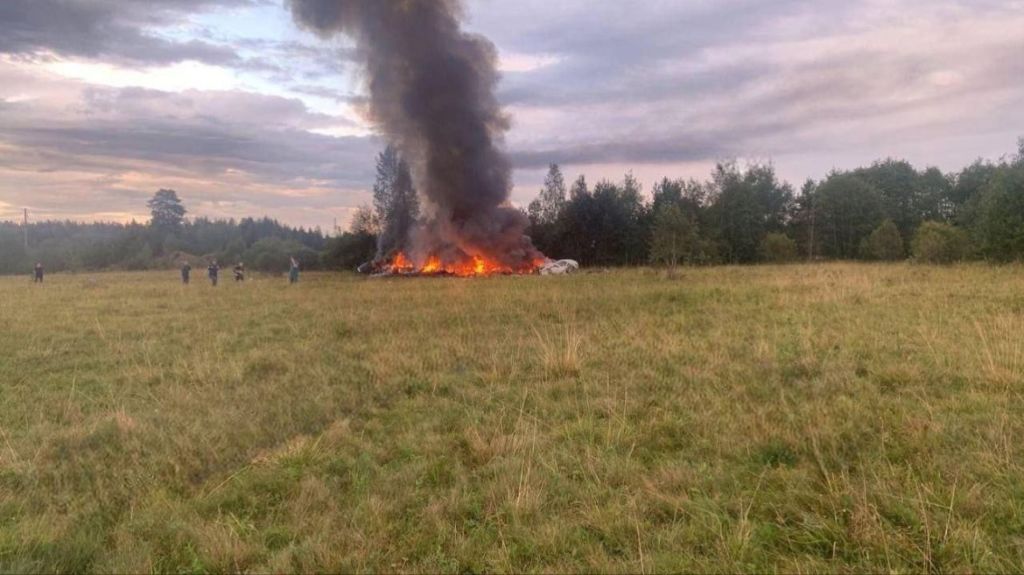 Nobody seems surprised Wagner's Prigozhin died under suspicious circumstances
Nobody seems surprised Wagner's Prigozhin died under suspicious circumstancesSpeed Read
-
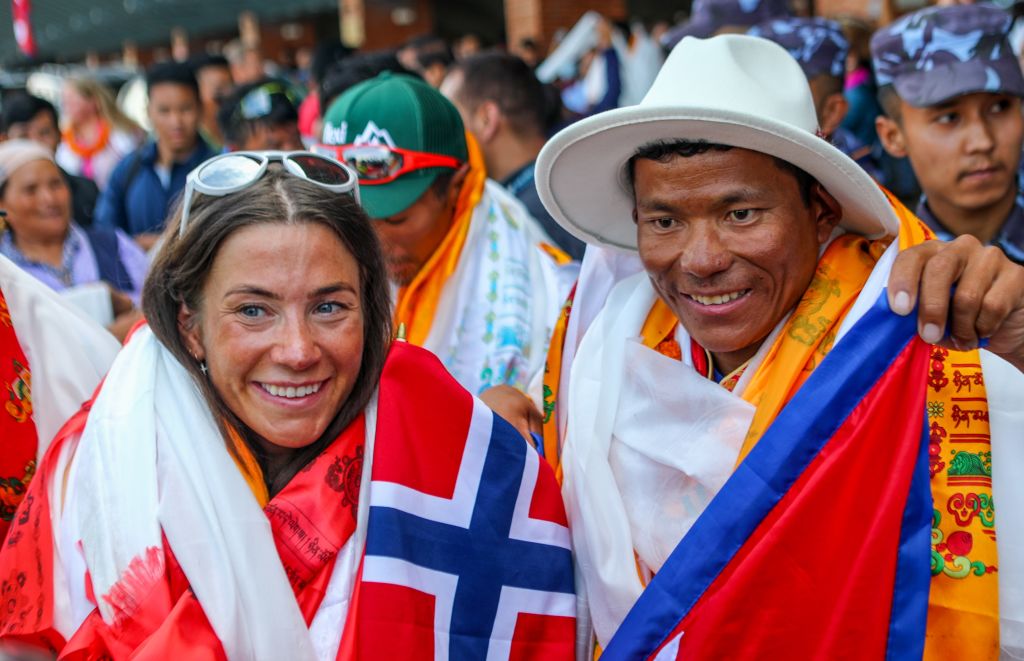 Western mountain climbers allegedly left Pakistani porter to die on K2
Western mountain climbers allegedly left Pakistani porter to die on K2Speed Read
-
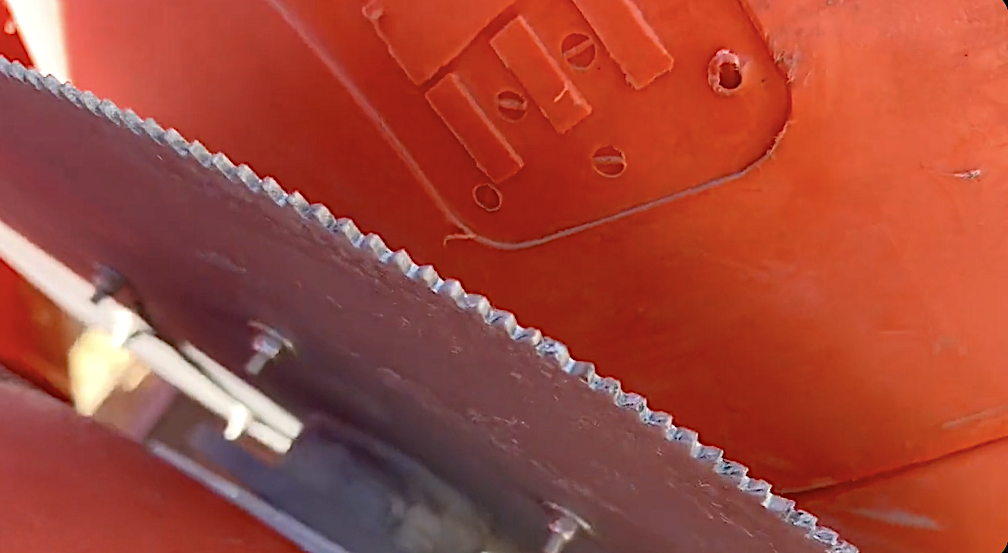 'Circular saw blades' divide controversial Rio Grande buoys installed by Texas governor
'Circular saw blades' divide controversial Rio Grande buoys installed by Texas governorSpeed Read
-
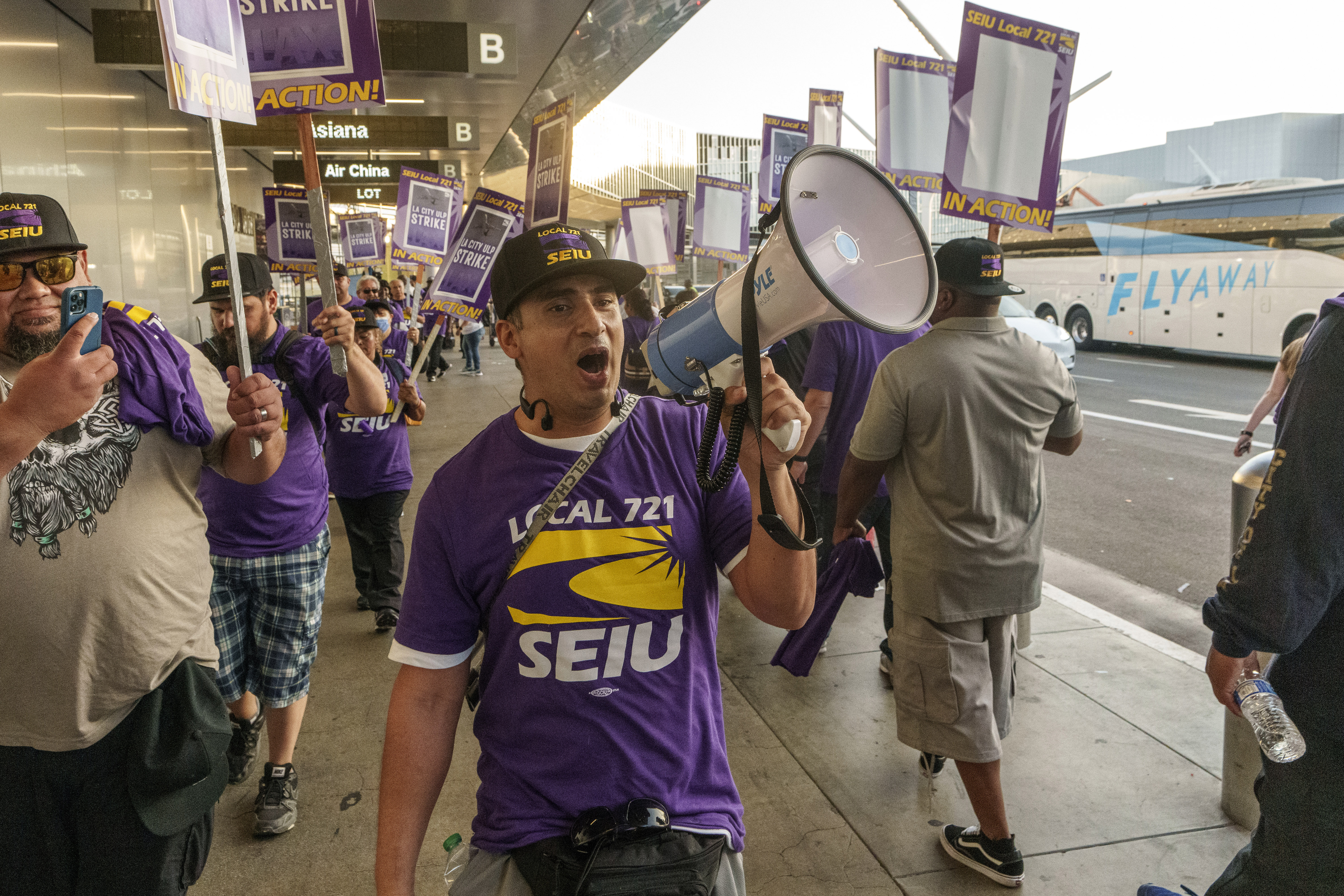 Los Angeles city workers stage 1-day walkout over labor conditions
Los Angeles city workers stage 1-day walkout over labor conditionsSpeed Read
-
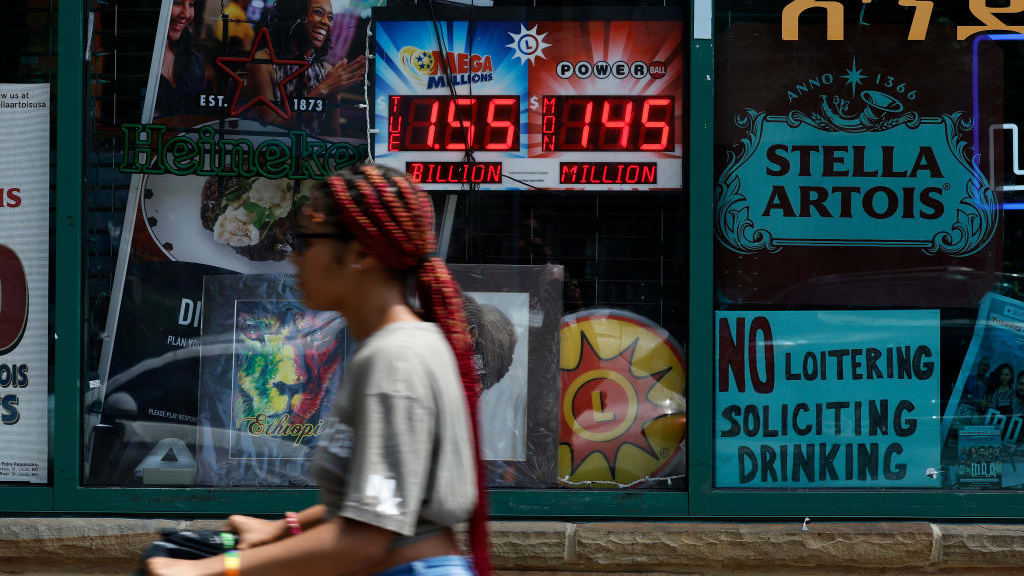 Mega Millions jackpot climbs to an estimated $1.55 billion
Mega Millions jackpot climbs to an estimated $1.55 billionSpeed Read
-
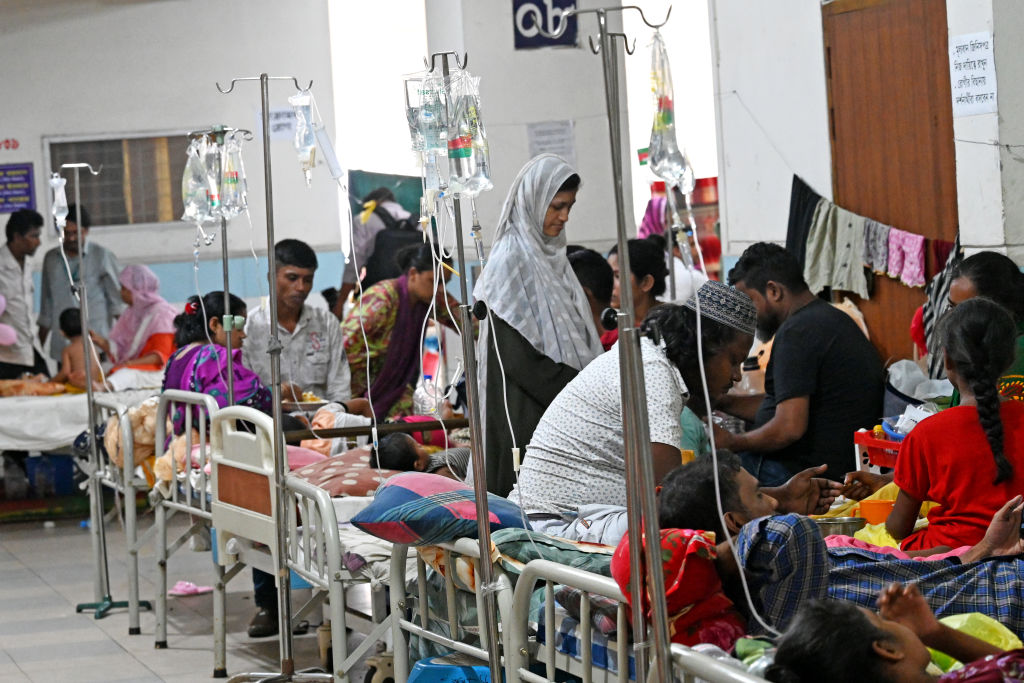 Bangladesh dealing with worst dengue fever outbreak on record
Bangladesh dealing with worst dengue fever outbreak on recordSpeed Read
-
 Glacial outburst flooding in Juneau destroys homes
Glacial outburst flooding in Juneau destroys homesSpeed Read
-
 Scotland seeking 'monster hunters' to search for fabled Loch Ness creature
Scotland seeking 'monster hunters' to search for fabled Loch Ness creatureSpeed Read
